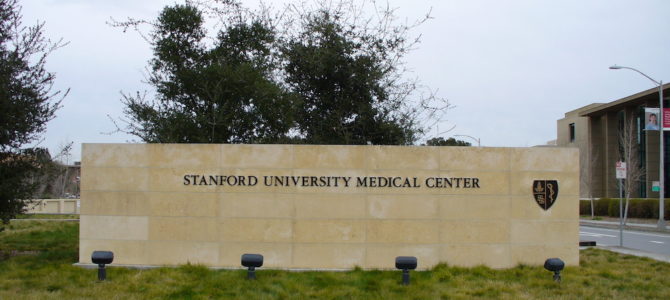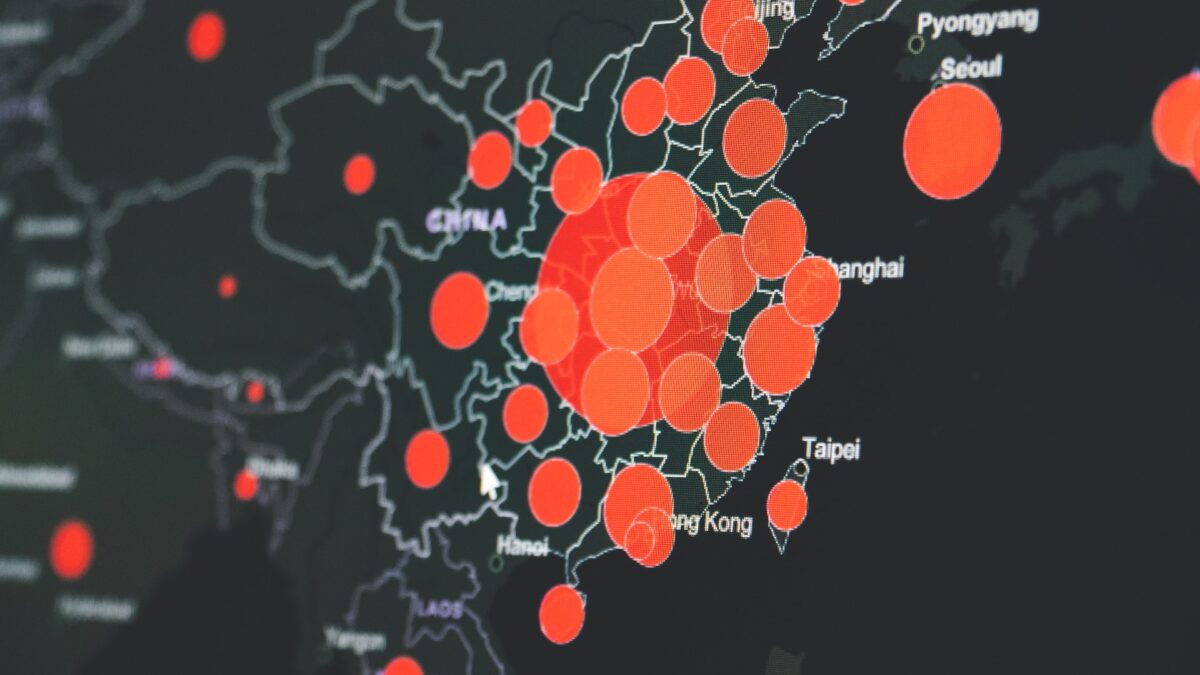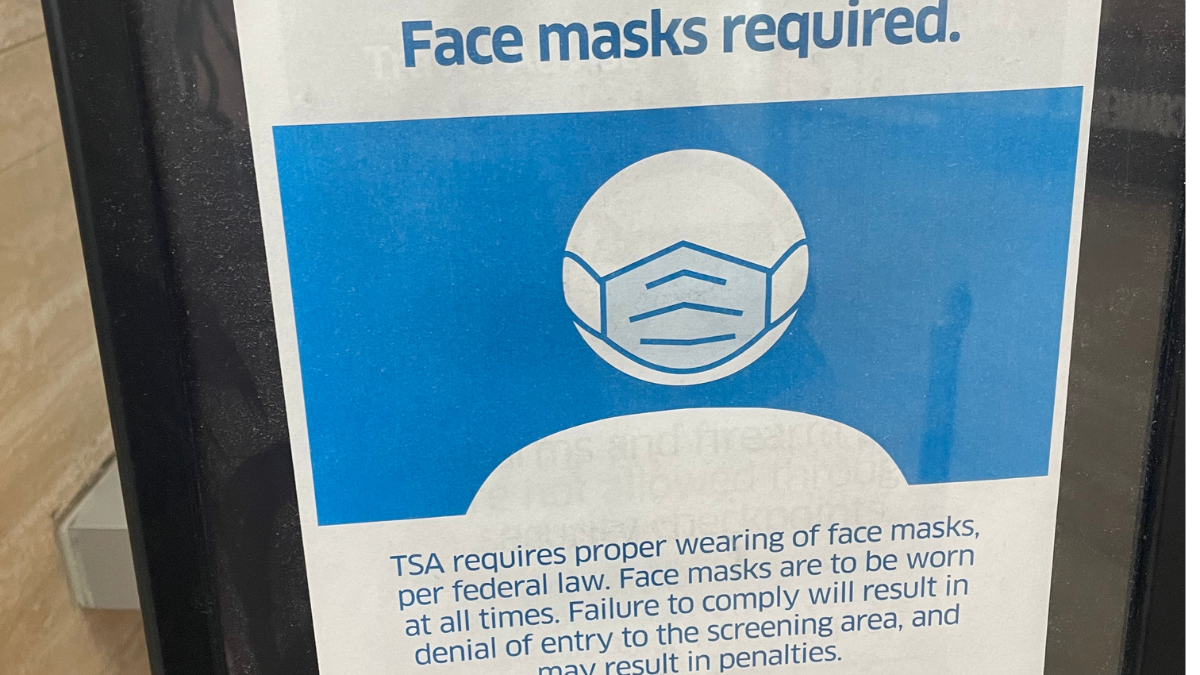Starting Monday, doctors, nurses, and technicians at Stanford Health Care will have their pay reduced by 20 percent. This includes those who are caring for COVID-19 patients. It’s another example of a nationwide trend of cratering health-care infrastructure as promised waves of Wuhan flu patients fail to materialize.
According to Palo Alto Online, doctors and nurses caring for coronavirus patients will have their pay reduced for 10 weeks so far. Employees found out on April 21.
The medical center told Palo Alto Online they are temporarily adjusting the workforce due to the economic impacts of coronavirus. A spokeswoman for Stanford hospital said pay cuts are an alternative to laying off employees.
Pay reductions will apply to all employees at Lucile Packard Children’s Hospital Stanford and in the East Bay, Stanford-ValleyCare.
According to Palo Atlo Online‘s interview with Lisa Kim, a Stanford hospital spokeswomen, employees have options for navigating their hours. Employees can decrease their pay while continuing to work full time, or work fewer hours while taking paid time off in full-day increments. They can also work fewer hours but take up to 96 hours of “flex time” off.
According to Stanford Hospital CEO David Entwistle, the hospital’s emergency room visits have decreased by 40 percent. Part of an emergency room doctor’s salary depends on how many patients he or she sees. With fewer patients due to COVID-19 shutdowns, doctors are seeing both their hours and pay decrease.
This phenomena is not unique to the Stanford Hospital system. Emergency rooms across the country are making cuts to doctors, nurses, and technicians as fewer patients are seeking treatment.
Hospitals also decided to cancel most elective surgeries in hopes of freeing up more beds and equipment for patients diagnosed with COVID-19. Elective surgeries are a main source of income for hospitals.
In the first congressional bailout bill, dubbed the CARES Act, Congress appropriated $100 billion to reimburse hospitals and health providers for additional expenses and lost revenue. In the first wave of allocations, approximately $30 billion was distributed directly to hospitals. A second wave of direct allocations came Friday with a $20 billion price tag.
Department of Health and Human Services Secretary Alex Azar said on Wednesday, April 22, the remaining $50 billion will be set aside to pay for the claims of the uninsured. This comes as President Trump is working with insurance companies to waive the cost of care for coronavirus patients.
“Our goal in all of the decisions we’re making is to get the money from the Provider Relief Fund out the door as quickly as possible while targeting it to those suffering the most from the pandemic,” Azar said. “We will continue using every regulatory and payment flexibility we have to help providers continue doing their vital work until we’ve defeated this virus.”









